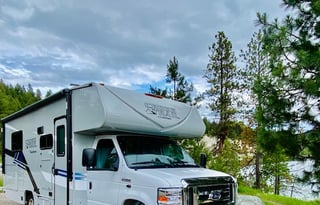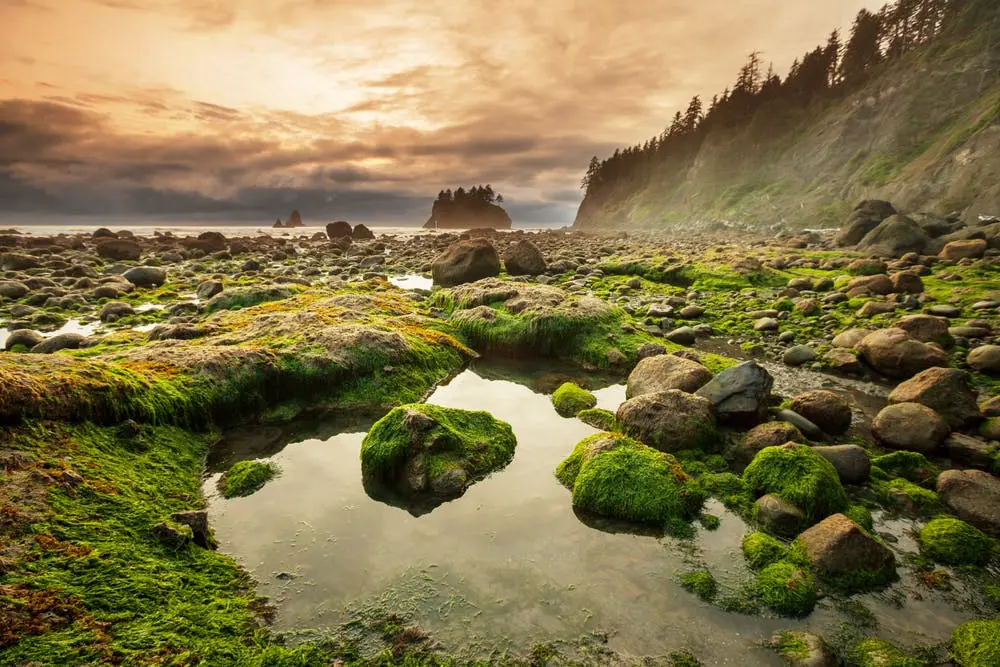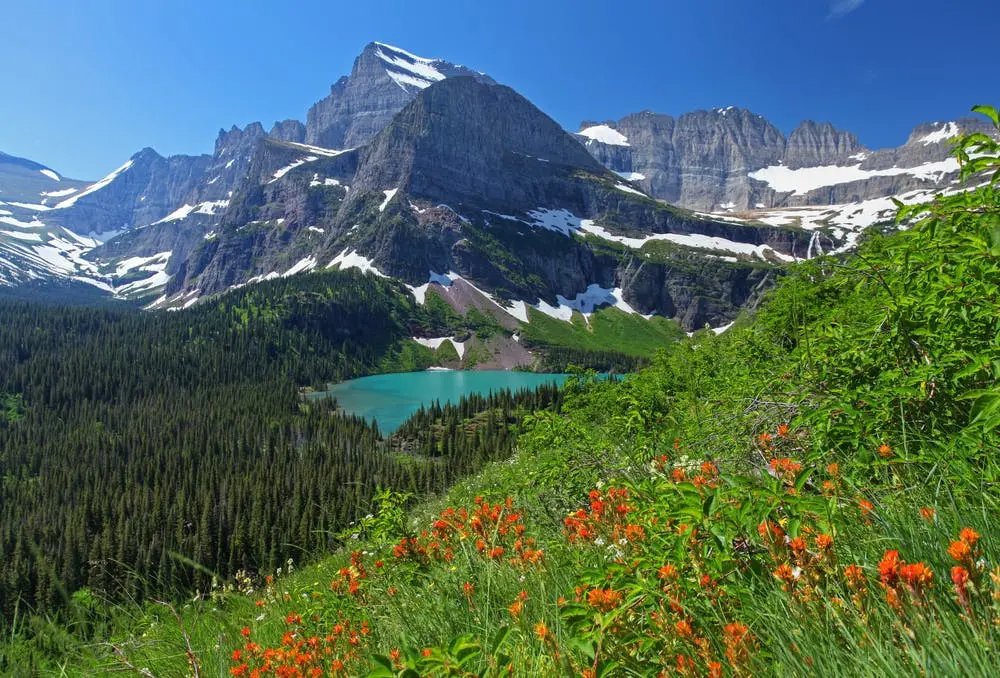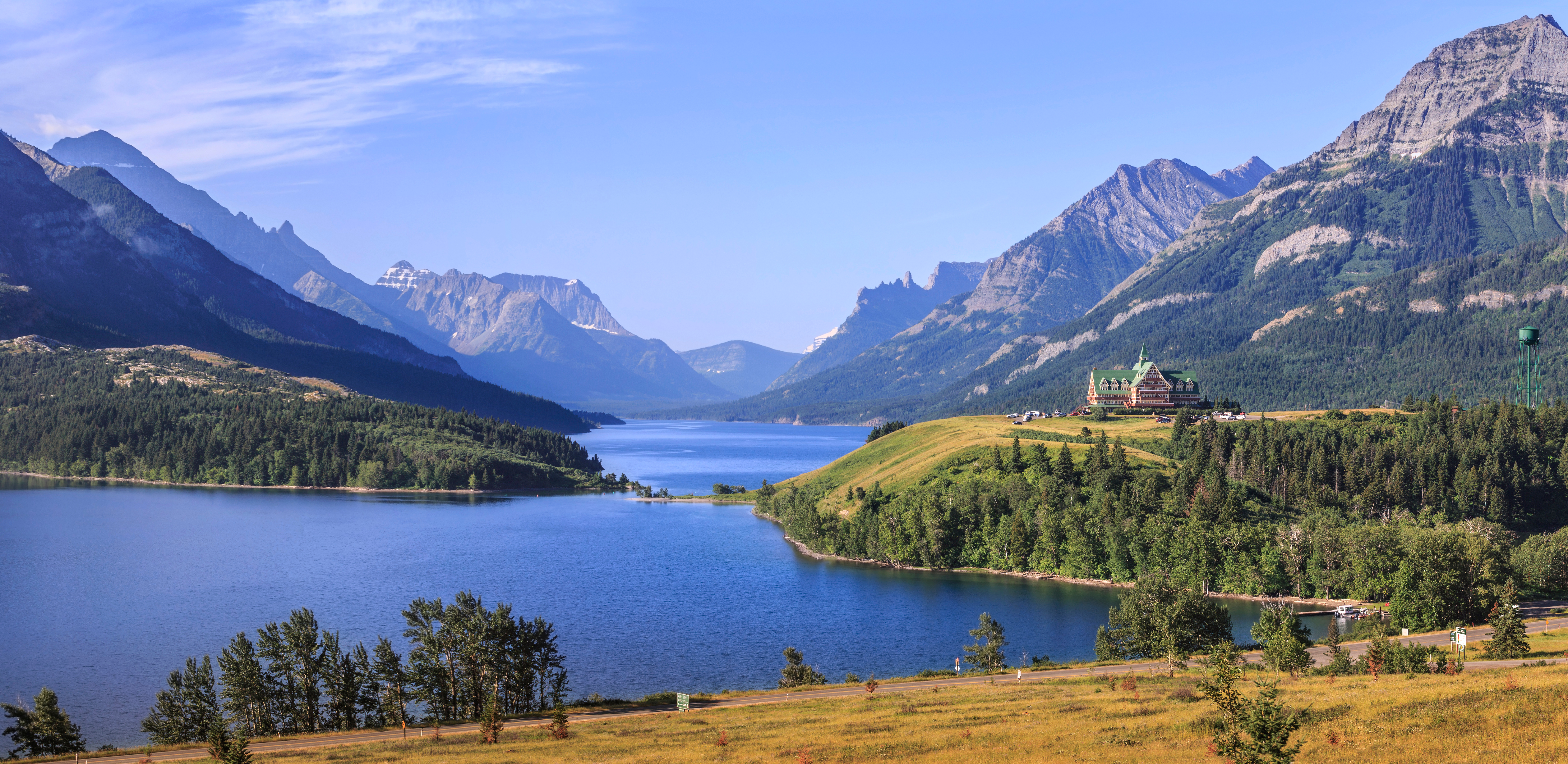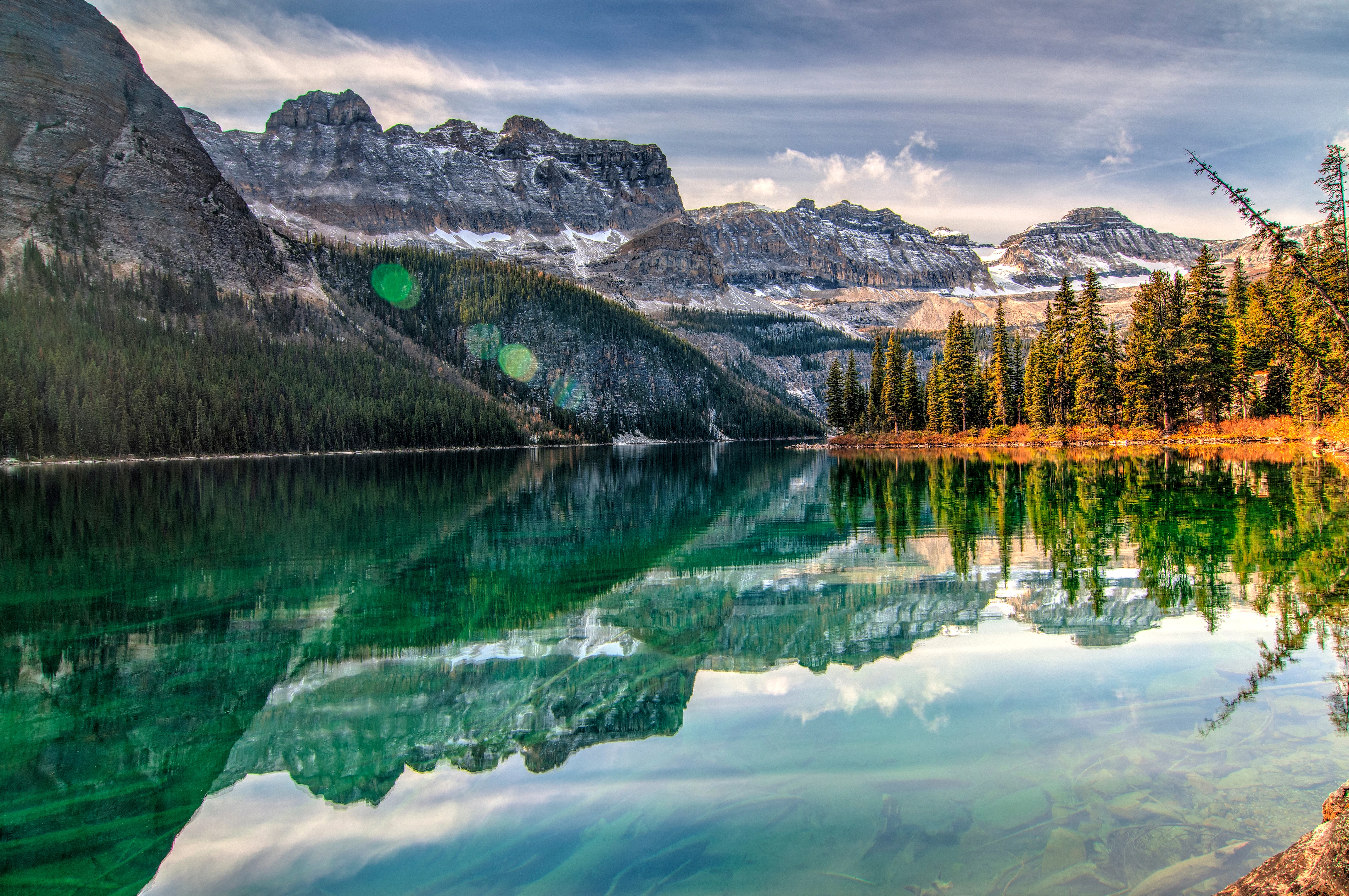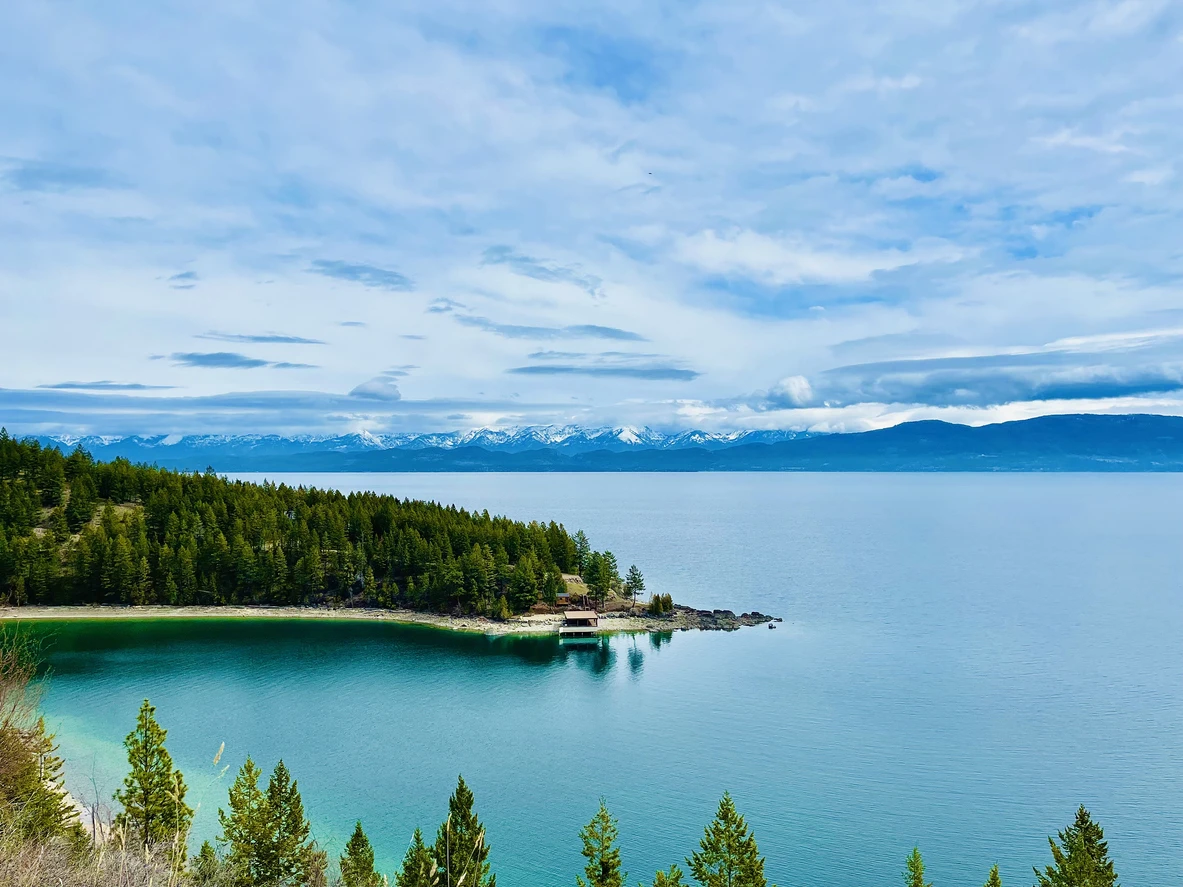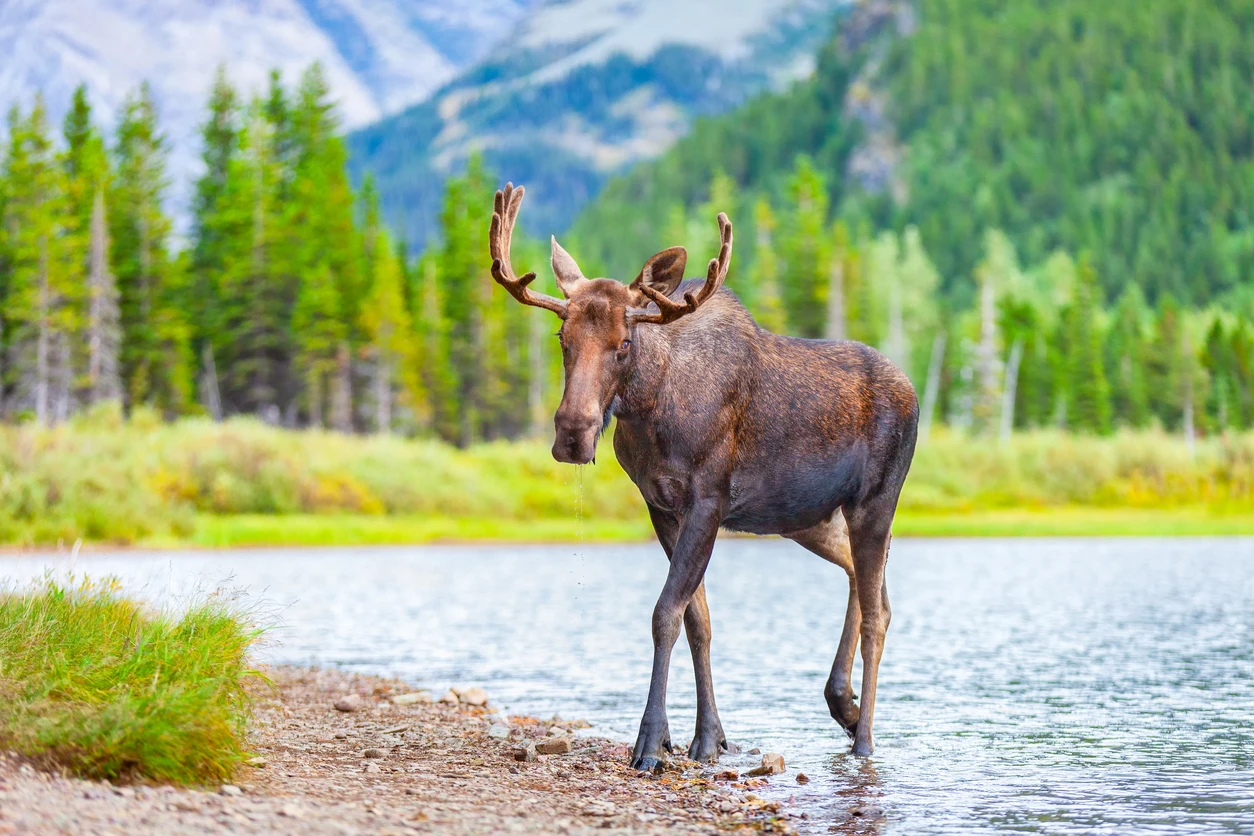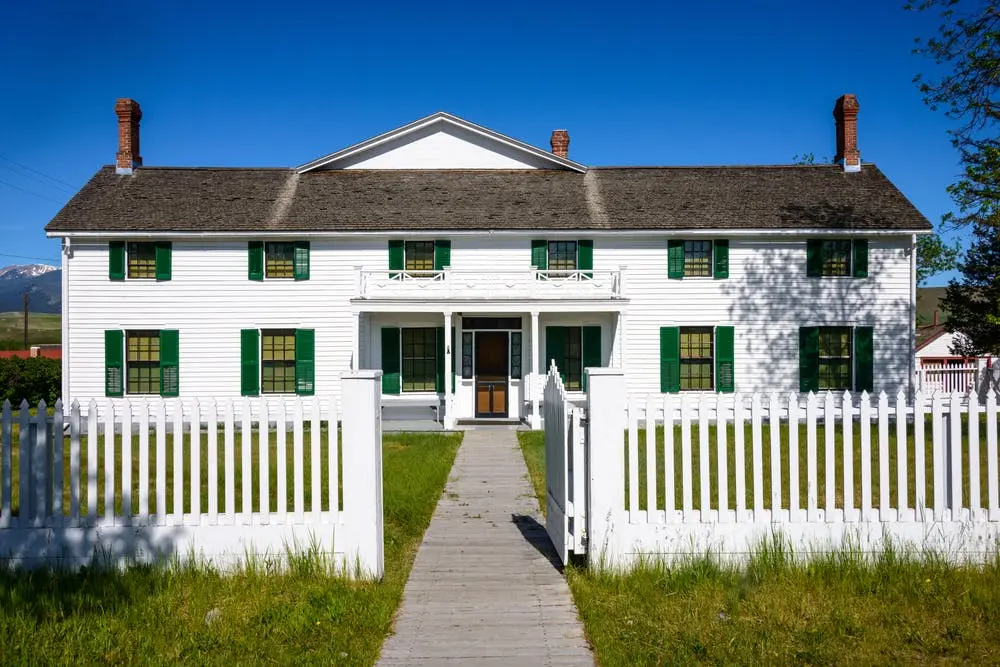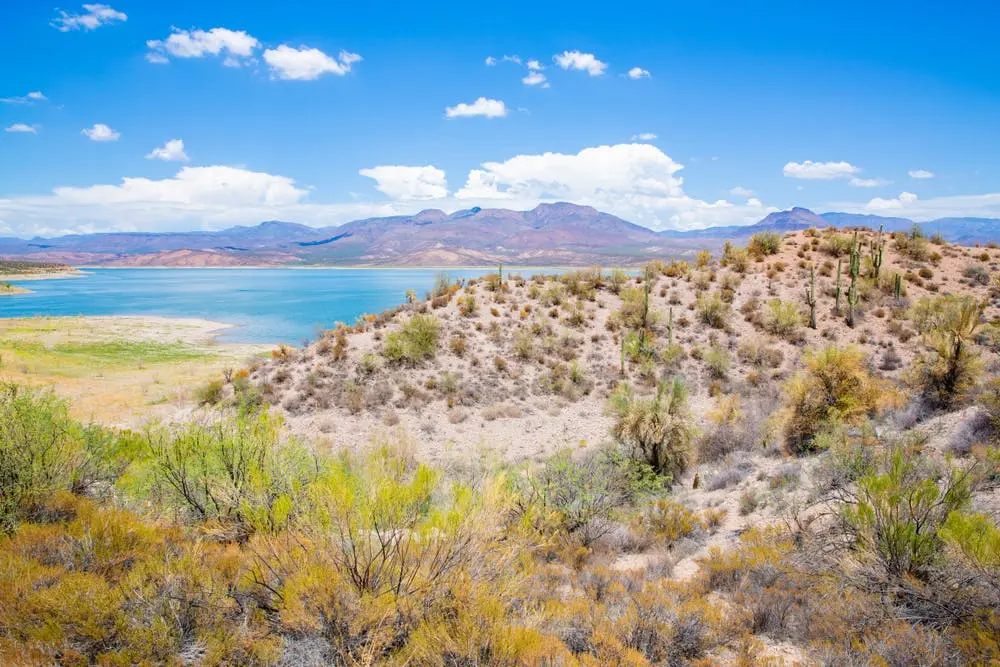Class C RV Rentals in Hungry Horse, MT



Browse motorhome by RV Class in Hungry Horse, MT
Browse towable by RV Class in Hungry Horse, MT
Fifth Wheel
Attaches to a tow vehicle via a gooseneck extension in the truck bedView all Fifth Wheel rentals in Hungry Horse
Travel Trailer
Trailer options exist for every kind of SUV or pickup tow vehicleView all Travel Trailer rentals in Hungry Horse
Popup
Can be towed by ordinary passenger vehiclesView all Popup rentals in Hungry Horse
Toy Hauler
Can be towed by many SUV or pickup tow vehiclesView all Toy Hauler rentals in Hungry Horse
Popular RV Searches in Hungry Horse, MT
Cheap
Under $100 per nightView all Cheap rentals in Hungry Horse
Affordable
$100 - $250 per nightView all Affordable rentals in Hungry Horse
Luxury
Above $250 per nightView all Luxury rentals in Hungry Horse
Delivery
Owners that deliverView all Delivery rentals in Hungry Horse
Pet Friendly
Bring your furry friendView all Pet Friendly rentals in Hungry Horse
Road Trips Starting from Hungry Horse, MT
Best National Parks Near Hungry Horse, MT
Glacier National Park: Often referred to as the “Crown of the Continent,” Glacier National Park encompasses over 1 million acres of land between Montana and Canada. With over 130 named lakes, more than 1,000 species of plants and animals, 734 miles of park trails, and elevations ranging from 3,000 to over 10,000 feet above sea level, Glacier exhibits a huge variety of ecosystems and microclimates.
Kootenai National Forest: Rich in history and abundant in natural resources, the landscape of the Kootenai National Forest was once dotted with a multitude of logging and mining towns, many of which still remain to some degree. Both nature lovers and history lovers can spend multiple days exploring this precious natural resource.
Flathead National Forest: Bordered by Glacier National Park to the north and east, the Lolo National Forest to the south, the Kootenai National Forest to the west, and the Lewis and Clark National Forest to the east, this 2-million-acre forest contains the 15,000-acre Jewel Basin Hiking Area; you'll find big-game species including bear, elk, moose, bighorn sheep, mule and whitetail deer, and Rocky Mountain goat; shaded groves, quiet pools, and miles and miles of windswept range.
West Shore/Flathead Lake State Park: The crystal-clear waters of Flathead Lake reflect the surrounding rocky mountains and its rich green forests. This park delivers an exceptionally beautiful spot for swimming, kayaking, boating, and fishing.
Salmon Lake State Park: Located, approximately 32 miles northeast of Missoula, Salmon Lake is nestled between the majestic Mission and Swan Mountain Ranges and provides a tranquil setting to enjoy a wide range of outdoor recreational activities.
Round Lake State Park: Located in the northern panhandle of Idaho, the park sits on the edge of a 58-acre lake where flocks of Canada geese pass over towering pine, hemlock, and larch trees, and ospreys plunge for perch. Hikers will discover beaver lodges and may glimpse a resident moose, while anglers can listen to a chorus of bullfrogs, ducks, and red-winged blackbirds as they cast for rainbow trout or bass.
National Forests Near Hungry Horse, MT
Creston National Fish Hatchery: Established in 1939, Creston NFH originally provided fingerling trout for Glacier National Park. Today, the hatchery provides Tribal Trust stocking for the seven tribal reservations in Montana. There are fish for native fish restoration activities and science-based educational programs, outreach events, and fishing ponds throughout northwest Montana. Two other U.S. Fish and Wildlife Service programs are co-located at the hatchery: Partners for Fish & Wildlife and Montana Ecological Services. Together they form the Creston Fish and Wildlife Center.
The Mountain Meadow RV Park & Cabins: Located in Hungry Horse, this park is open from May to October. The park comprises 33 acres full of trees and offers a pond well-stocked with rainbow trout. The park offers 53 RV sites, including 31 with full hookups. The sites are equipped with picnic tables, barbecue grills, and campfire rings, so you can enjoy bonding with your family, friends, or fellow RVers. Facilities include a laundry room and up-to-date shower facilities.
West Glacier KOA Resort: Located a few miles northeast of Hungry Horse and 2.5 miles from the entrance to Glacier National Park, this resort is one of the premier big-rig campgrounds in the Flathead Valley. As such, it offers plenty of amenities, including a pool, hot tub, and convenience store.
Rocky Mountain ‘Hi’ RV Park and Campground: Located about 15 minutes north of downtown Kalispell, this park has 98 RV sites, 78 of which offer full hookups for your RV rental. The park affords beautiful views of the mountains and is family-oriented and pet-friendly. The park is equipped with a playground, game room, and recreational outdoor facilities. It offers clean sites and a beautiful setting for Flathead Valley RV trips.
RV Rentals Near Hungry Horse, MT
Frequently Asked Questions About Renting a Class C RV Near Hungry Horse, MT
How do I properly navigate and park a Class C motorhome rental in urban areas or tight spaces in Hungry Horse, MT?
When navigating and parking a Class C motorhome rental in urban areas or tight spaces, it's important to take your time and plan your route beforehand. Familiarize yourself with the dimensions of the motorhome and the height and width restrictions of the roads you'll be traveling on. When it comes to parking, look for designated spots or parking garages that can accommodate the size of your RV. Always pay attention to signage and be aware of any towing restrictions in the area.
Do I need to know any weight or height restrictions when driving a Class C motorhome rental in Hungry Horse, MT?
Yes, it's important to be aware of weight and height restrictions when driving a Class C motorhome rental in Hungry Horse, MT. Many bridges and overpasses have low clearance levels that may not accommodate the height of your RV. Additionally, be mindful of the weight of your vehicle and ensure that you're not exceeding any weight limits on the roads you're traveling.
How do I properly level and stabilize a Class C RV rental at my campsite or RV park, and what equipment or tools do I need for this?
Discuss your specific campsite with the RV owner to determine if any leveling equipment is necessary. If so, they will walk you through how to set it up safely.
What kind of maintenance or upkeep do I need to perform on a Class C motorhome rental during my rental period?
During your rental period you are not responsible for maintenance. Treat the RV with care and maintain cleanliness during your trip.
Can I bring my bicycles or other outdoor equipment to use with the Class C motorhome rental, and what storage options are available for these items?
Yes, you can bring your bicycles or other outdoor equipment to use with the Class C motorhome rental. Many RVs have storage compartments or racks that can be used to store bikes, kayaks, or other outdoor gear. Check with the RV owner to see what storage options are available and how much weight they can accommodate.
What fuel efficiency considerations do I need to consider when driving a Class C motorhome rental, and how can I minimize the impact on my fuel costs?
Class C motorhome rentals are generally less fuel-efficient than smaller vehicles, so it's important to be mindful of your fuel usage. To minimize fuel costs, try to stick to slower speeds and avoid idling or rapid acceleration. Planning out your route ahead of time can also help you save fuel by avoiding unnecessary detours or backtracking.
Can I bring my entertainment equipment or appliances for the Class C motorhome rental, such as a portable grill or music player?
Yes, you can bring your own entertainment equipment or appliances to use with the Class C motorhome rental. However, be sure to check with the RV owner beforehand to ensure that the RV is equipped with the necessary outlets or connections to use your equipment. Additionally, be aware of any safety hazards, such as using portable grills near the RV, and take appropriate precautions.
Are any particular features or amenities available in Class C motorhome rentals that may not be found in other RVs in Hungry Horse, MT?
The features and amenities available in Class C motorhome rentals can vary depending on the make and model of the RV. Some common features that may be available in Class C motorhome rentals include kitchenettes, bathrooms with showers, and additional sleeping areas. Check with the RV owner to see what features and amenities are included in their particular rental.
How do I correctly set up and use the kitchen and bathroom facilities in a Class C motorhome rental, and do I need to know any specific maintenance or cleaning considerations?
The RV owner will familiarize you with how to use the facilities. Take note of where the water and electrical hookups are located, and make sure to follow any instructions or guidelines provided by the RV owner. When it comes to cleaning and maintenance, be sure to follow proper procedures for disposing of waste and using cleaning products that won't damage the RV's plumbing or fixtures.
